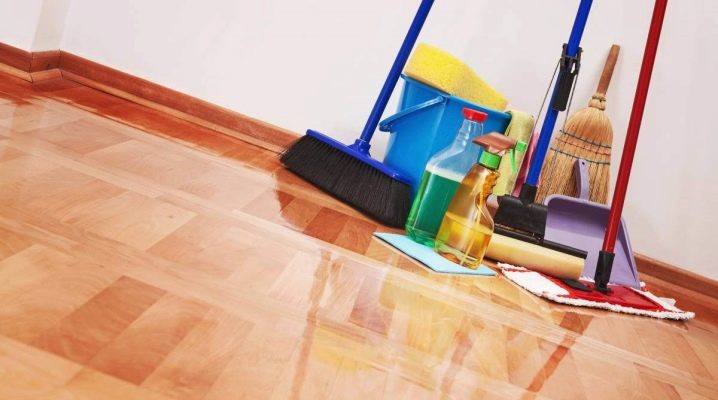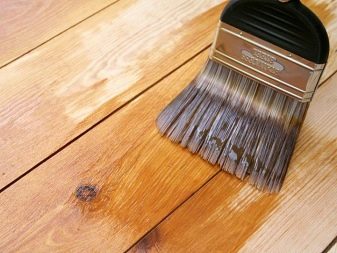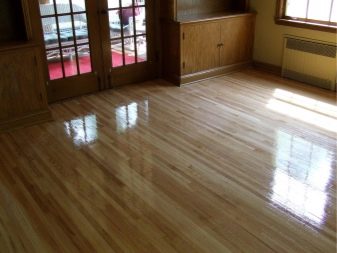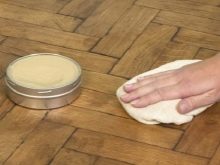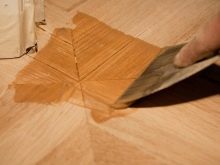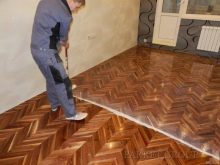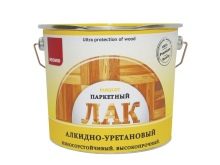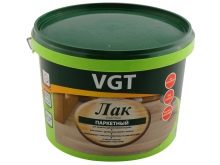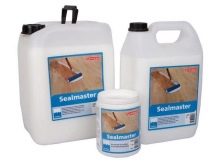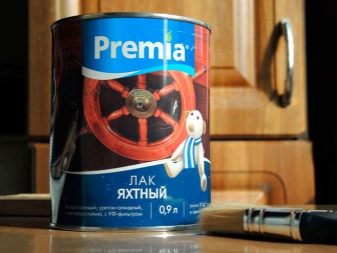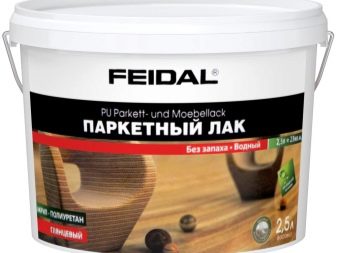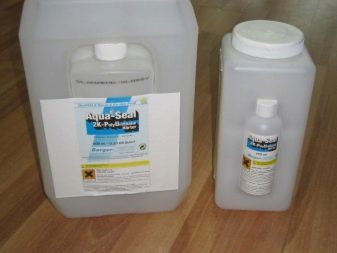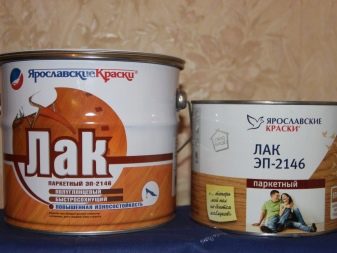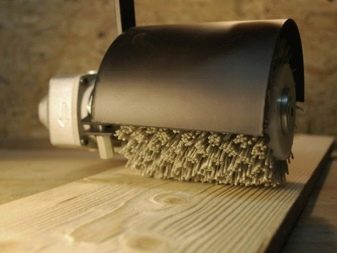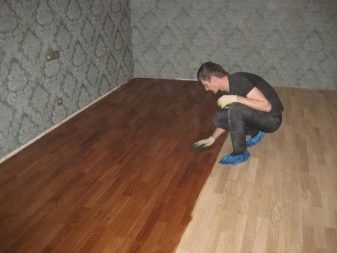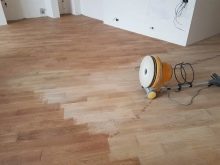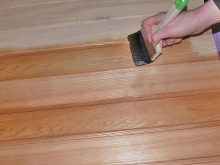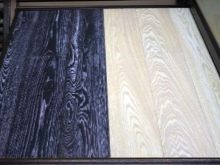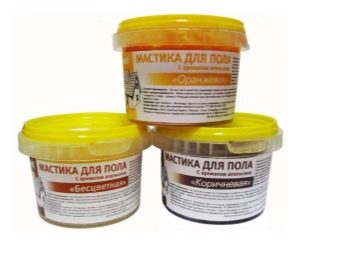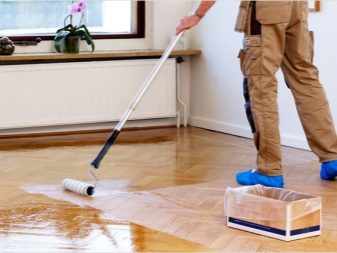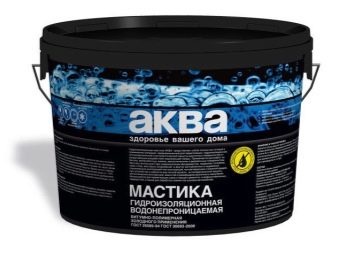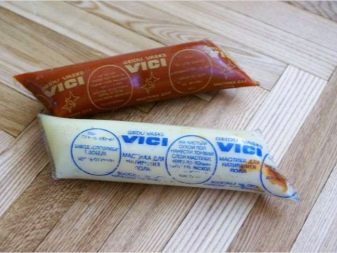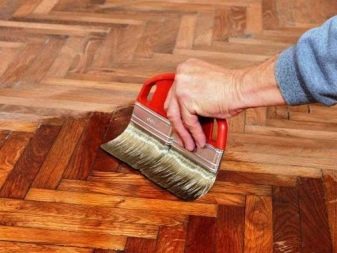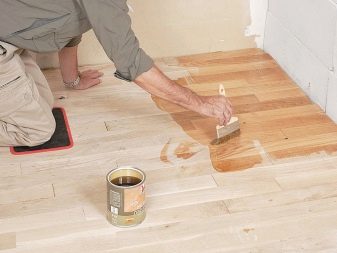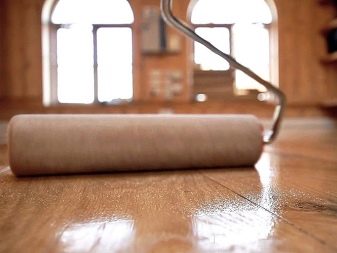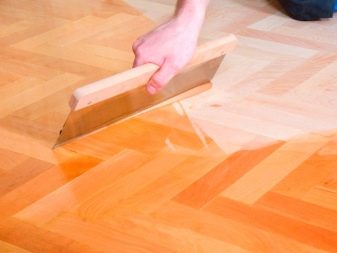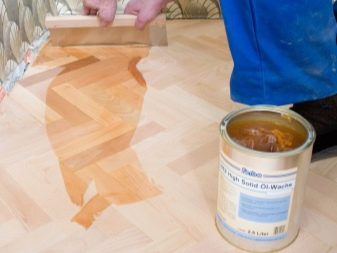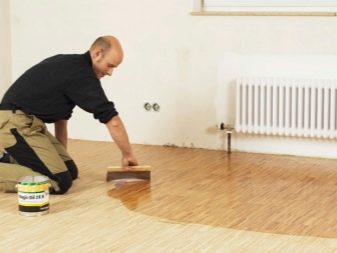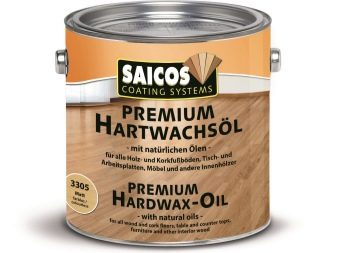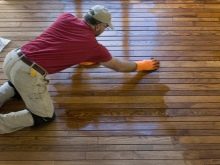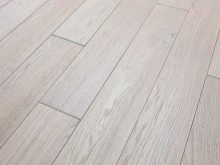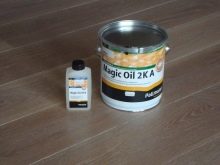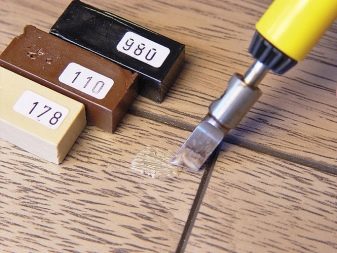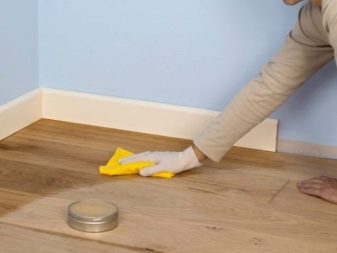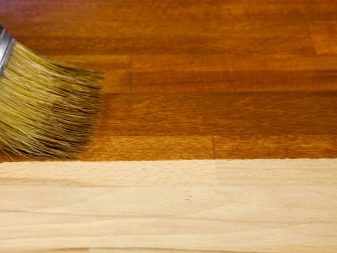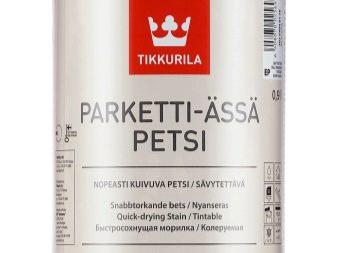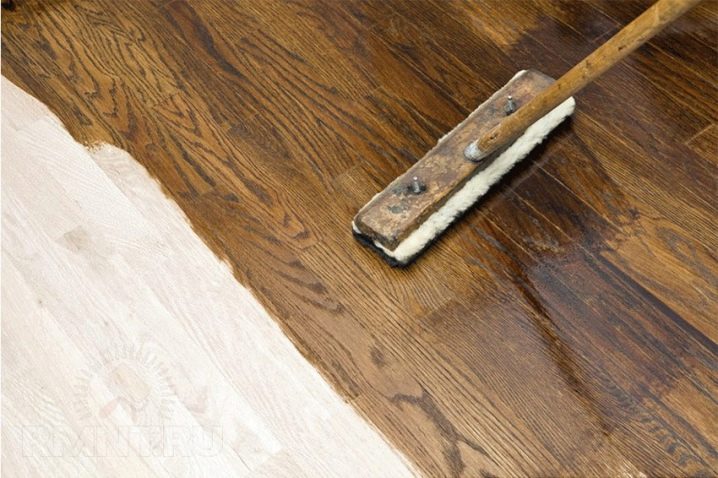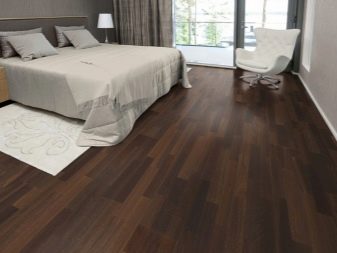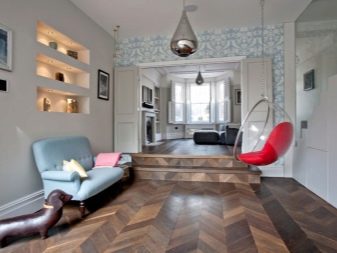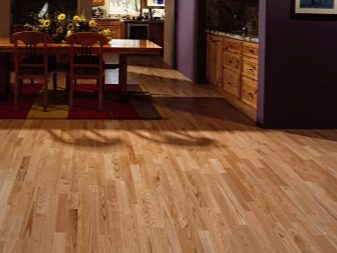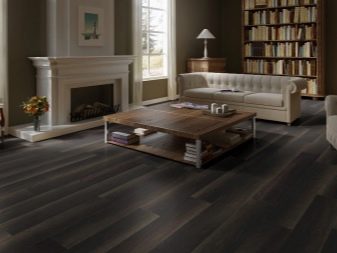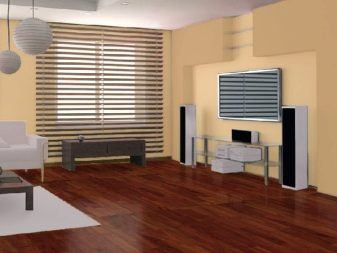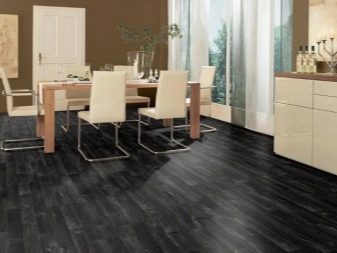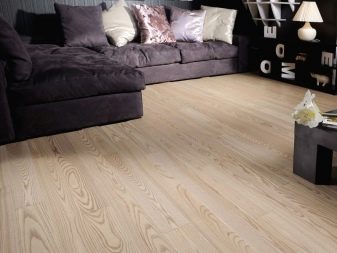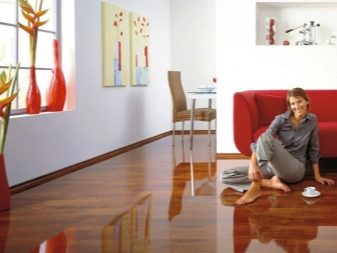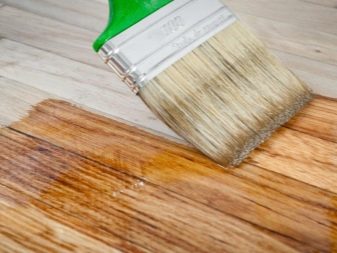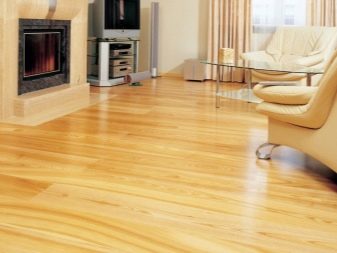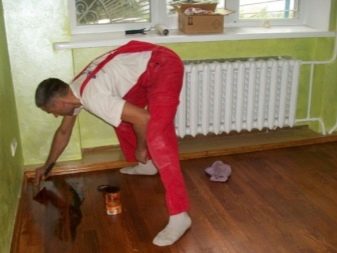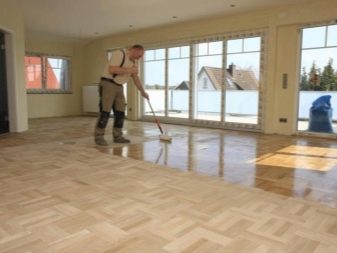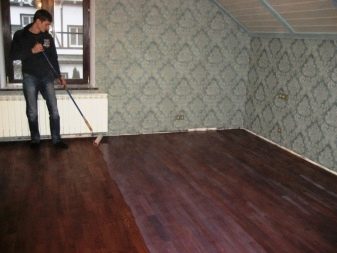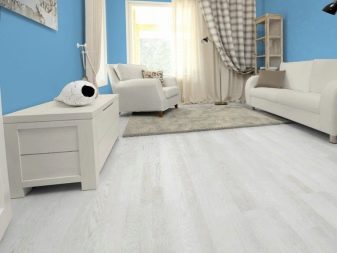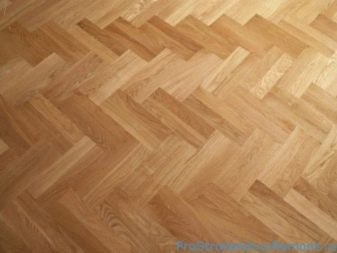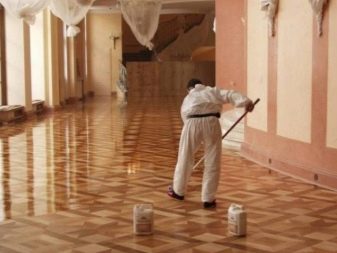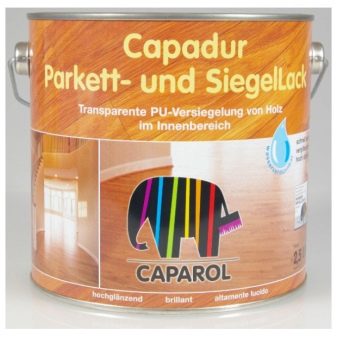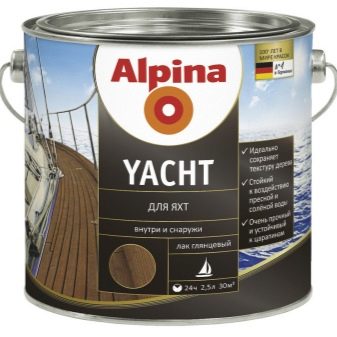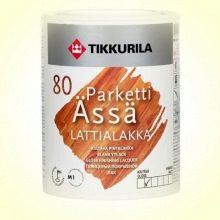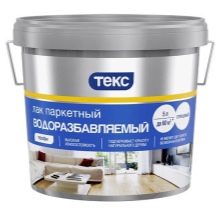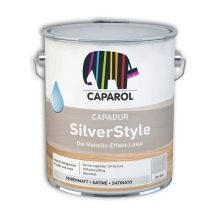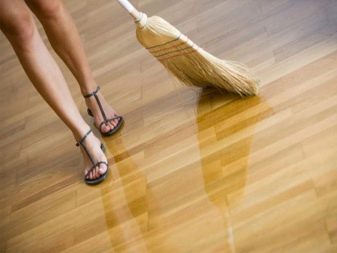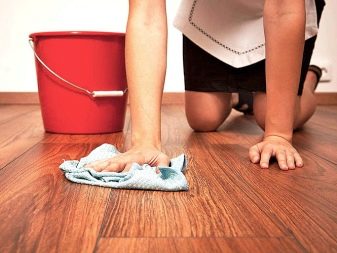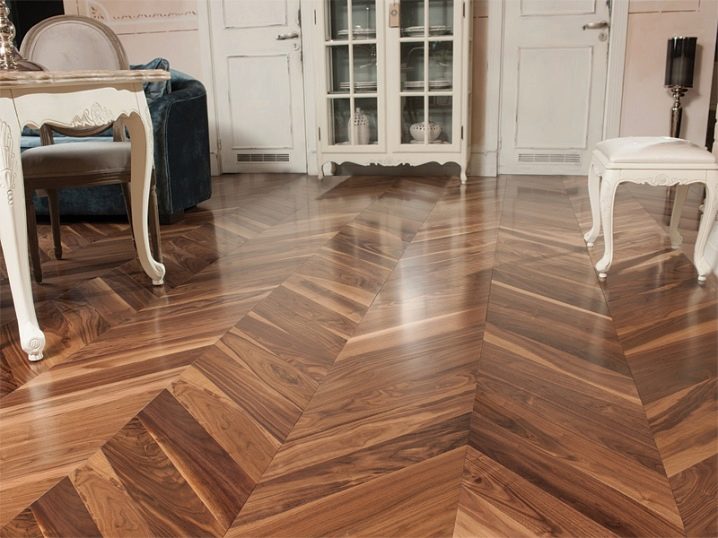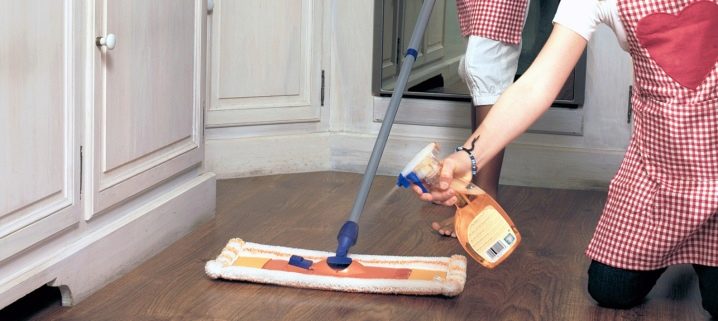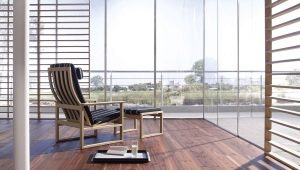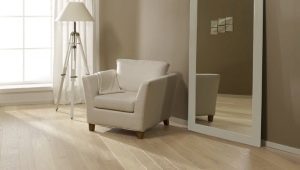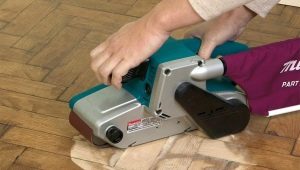Parquet care products: varnishes, mastic, oil and toning
Among the variety of options for flooring pride of place is parquet. Its popularity is due to environmental friendliness, noble appearance, special atmosphere that make the house wooden floors.
However, in order for the parquet to serve for a long time and retain its original appearance, it is important to properly care for it. Care is reduced to the coating of protective compounds, which also allow to emphasize the wood texture. Coatings are applied both immediately after installation, and at certain time intervals during operation.
In addition to the traditional parquet lacquer, today you can find many other means of care - oil, toning, mastic.
Types of funds
All variety of care products for parquet can be divided into the following groups:
- initial protection, that is, the primer layer, this also includes fire retardant and antiseptic compounds;
- finishing finish - protects the initial layer and gives an attractive appearance to the floor;
- final coatcreated by wax, polish, etc .;
- tintrywhich include all compositions having a color pigment;
- reducing drugs (varnish gel, putty).
Consider some of them.
Varnish
Varnish is considered one of the oldest and most well-known methods of parquet processing. Despite the appearance of a large number of funds, lacquer does not give up its positions, and its range continues to grow.
Among the most popular are the following types of varnish:
- Priming. It is characterized by improved adhesion, therefore it provides a reliable adhesion of the finishing layer and parquet. Possesses protective properties, provides smoothness and flatness of the surface, emphasizes the texture of wood. It is important that the primer and finish varnish applied on top of it coincide in composition.
- Water based. This varnish is diluted with water and is characterized by the absence of odor during application and drying, high quality, reasonable price. It is necessary to apply it only on the primed parquet, otherwise the water contained in the varnish will penetrate the wood, which is unacceptable.Preference should be given to a two-component water-soluble lacquer, which has a large margin of safety than the one-component.
- Acrylic. Quick-drying, odorless varnish - an ideal solution for use in living rooms, children's rooms. Just such is the acrylic composition. Available in finished form, easy to apply.
- Alkyd. The natural oils included in it allow the varnish to penetrate deep into the wood, protecting it and emphasizing its natural beauty. However, the lacquer is not environmentally friendly, since it contains harmful substances in addition to oils. Such a product can be glossy, matte and semi-gloss. The "minus" is fast abrasion, so the surface will have to be updated frequently.
- Polyurethane. It is characterized by maximum strength, moisture resistance, abrasion resistance. However, in order to achieve these characteristics, it is important to strictly follow the requirements of its application: the tree must be dry (moisture index - no more than 8%). The disadvantage is an unpleasant smell. Depending on the composition of polyurethane varnish is urethane and alkyd.
- Formaldehyde. In the resistance of such a composition is superior to polyurethane, however, it is used extremely rarely. This is due to the fact that it contains toxic formaldehyde. True, they are present only in the liquid version of the product, evaporating without residue from the hardened layer of varnish. When applying this type of varnish, use personal protective equipment, and when drying open windows.
- Toned. Tinted varnish allows you to change the shade of the parquet - either cardinally or slightly, in order to renew the surface. Available in a variety of modifications: water-soluble, alkyd-urethane, polyurethane, etc.
- Yacht. Designed to protect yachts and ships, lacquer has a high strength, resistance to the effects of negative factors. However, even the most expensive version of the product contains components that are harmful and dangerous to humans, therefore it is better to use it only for outdoor use. Moreover, the performance characteristics allow it to do.
It should be understood that the combination “ship lacquer for parquet” is rather a marketing ploy. It is more correct to say "parquet lacquer, in its properties close to the ship's or yacht's."
- Gel polish. It is called to level small roughnesses of a parquet. Not used as a separate primer or topcoat.
- UV Curing. The composition received its name due to the method of drying the coating - for this purpose, special equipment is used that provides UV radiation. Under the influence of these rays the surface hardens and demonstrates resistance to high, moreover - extreme, loads. As a rule, it is used for drawing on a parquet in public places, dancing classes.
- Fireproof. Used in fire hazardous areas, includes several components that provide reliable fire protection parquet. Fire retardant varnish refers to the initial coatings.
- Epoxy. A two component lacquer that is diluted with water. In the composition - epoxy resin and organic solvents.
Tinting and tinting
Products containing pigment can not only change the shade of the floorboard, but also show its texture and make the veins more expressive. For old parquet toning can be a real salvation and the ability to turn worn beech coating in wenge or walnut, for example.
Among the toning preparations emit colored oil, the use of which allows to obtain a noble dull-silky texture. Due to the peculiarities of its application, it is as if rubbed.
Interesting effects can be achieved by brushing (that is, artificially aging) the surface of the parquet before toning.
To obtain a brighter and more even shade, you can use the stain. The intensity of the color depends on the type of wood: the color on the drier surfaces of the wood is darker. The structure is often applied under a varnish (color, white, transparent).
Patina will not give the floor a new shade, but will help to achieve the original decorative effect of pearl, silver, gold patina. It is applied with a brush on certain parts of the parquet, and after drying it is rubbed with an abrasive brush. Not suitable for application under color lacquer, only under transparent.
Mastic
The floors treated with mastic have a nice glossy shine, and the coating itself performs a protective and decorative function. Parquet, rubbed with mastic, is not afraid of moisture, damage, dirt is easily removed from it. The mastic is based on wax, bitumens, polymers and fillers.
Depending on the characteristics of the composition and method of application, the following types of mastics are distinguished:
- elastic, based on rubber;
- plastic, the active component of which are resins (natural or synthetic);
- ready solutions, which release form - tuba;
- soluble mastics that require advance preparation. As a rule, they are a dry mixture diluted with water.
Soluble mastics, in turn, also have several varieties:
- Hot. They have a bitumen or bitumen-rubber base, and therefore this composition is also called mastic asphalt for rubbing in tubes (the product has this particular form of release). Dry out after a couple of minutes, after which you can already walk on the surface. A significant drawback of hot mastic is the need to use a compound whose temperature is 180 ° C, which cannot be called safe.
- Cold. They are based on solvents (white spirit, gasoline, ethyl acetate). Hardening of the layer occurs as the evaporation of alcohols and takes up to 2 days. Further manipulations with the surface are made no earlier than 3 days after application.
There are also water-soluble mastics, high-quality coating with the help of which is obtained, basically, only on oak parquet. For other wood species, it may be necessary to reduce the amount of water in the solution. It is not recommended to use them on birch and beech parquet..
But wax polish is universal and is used on any type of parquet. To solve the problem of increased slipperiness of parquet allows the use of anti-slip mastic.
Experts recommend several times a year to update the layer of mastic, and between these procedures to carry out floor treatment mastic, diluted with water in a ratio of 1: 5.
Butter
Oil impregnations are used as a finishing coating, and their protective properties are not inferior to varnish.
Parquet treatment oil has several advantages:
- The best adhesion in comparison with indicators of stickiness of a varnish. This is due to the fact that the lacquer adheres to the upper layer of wood, while the oil penetrates into the thickness of the tree.
- Oil does not trap moisture, and therefore the surfaces are "breathable."
- Lack of cracking and peeling of surfaces treated with oil,after some time of operation.
The composition may contain natural oils of vegetable or mineral origin. Appreciation of experts and users in this variety has received oil with solid wax (allow you to get the effect of natural raw parquet, while the coating does not require careful maintenance). The second group of product - artificial oil products. There is no wax in their composition, and the main component is solvent, polymers, sometimes odorless gasoline.
Allocate oils for exterior and interior. The difference in the scope of application causes a different set of product properties.
Depending on the viscosity of the oil, the following types of oil are distinguished:
- strong viscosity (80-90%);
- medium viscosity (50%);
- weak viscosity (24-40%).
The degree of viscosity is determined by the ratio of natural oils and solvent in the composition. More viscous oils require the application of fewer layers, but they penetrate deeper into the wood.. Concerning It is recommended to apply a primer coat of medium viscosity oil, and as a second layer, use a strong viscosity analog, which will act as a protective finishing coating. Do not forget that each applied layer requires grinding.
Oil applied to the parquet should be periodically updated, for which it is sufficient to coat the parquet with a more viscous composition. The frequency of re-application is usually indicated in the instructions for the composition.
The oil is colorless and color. The first does not change the shade of wood and can be used as a finishing coating. The second option will come to the rescue if the parquet needs to be tinted. You should also highlight the white oil, with which you can bleach the wood.
For areas subject to increased load, it is better to use oil with high wear resistance. It will protect the surface for a long time in rooms characterized by high traffic. The only downside is the high cost.
Two-component oil is characterized by the absence of wax, and a special hardener is used for its dilution. After cooking, the oil should be used immediately.
Wax
The wax can act as a finishing coating, and means for the care, and in this case is applied over the oil or varnish. The main purpose of wax - parquet protection (including the finishing layer).It prevents the formation of scratches on the surface, and therefore, allows to extend the life of the flooring. The waxed floor is distinguished by elegance, brilliance. A grout eliminates the squeak.
Update wax lacquer and oil parquet should be during each wet cleaning.
Stain
As already mentioned, the stain serves to paint the board and allows you to get an intense and more pronounced shade. Due to the ability of the composition to penetrate deep into the wood, while not forming a film on the surface, the stain stains the floorboard without changing its texture.
As a rule, it is used to make the surface effect more expensive wood. For residential premises it is recommended to use water-based mixtures.which have a rich color palette and do not smell at all. The only drawback is a long drying time (12-14 hours).
If you want to increase the strength and durability of the color of such stain, choose its alkyd variety.
If you need a quick-drying composition, alcohol and nitromorilki will do.which drying time - 30 minutes. In this regard, the layer must be applied quickly, avoiding stains and streaks.It is more convenient to use for this spray.
The intensity of staining depends on the characteristics of the wood (moisture coefficient, initial color), as well as the number of layers of the product.
Colors
Today, manufacturers produce tools that can change the shade of parquet on 8-12 tones. Many are also ready to make an individual shade, which is the best option for original interiors.
It is important to remember that the color of the parquet should be in harmony with its texture, furniture in the room and the style of the interior as a whole.
Beech or oak parquet are self-sufficient, therefore do not require a color change. They look good in classic interiors, ethnic or country styles.
The dark shade of bog oak will emphasize the sophistication of classic interiors and the nobility of expensive solid furniture.
Colored lacquer will help to turn ordinary parquet into a coating of expensive and rare woods - padouk, kempast, dussia. If necessary, return to life the old darkened floor using white oil. Black or dark blue parquet floor looks original.
However, you should be prepared that even minor dirt and scratches will be visible on it.
In addition to color, it is important to choose the degree of gloss coating. Matte parquet - the most practical, on it spots, stains are not visible. Glossy lacquer is recommended to be used only on perfectly level and perfectly mounted coatings..
Of course, the parquet with a glossy shine looks respectable and elegant, but its service life is less compared to the period of operation of the matte counterpart. Intermediate between them is semi-matte parquet.
What to choose?
When choosing a protective agent, it should be evaluated in terms of the following aspects:
- wood species, the possibility of applying to it certain components;
- features of the preparatory phase;
- characteristics of operation of the premises (load on the floor, humidity and temperature in the room);
- the need for re-processing;
- compatibility with previous coating, if any.
In general, for the parquet in the apartment is enough oil or wax. Thanks to them, the floor surface will be reliably protected and will get an attractive appearance. Materials are affordable, and reapplication is required several times a year. Thus, when choosing these funds, the family budget will not suffer.
Usually, oils and waxes are used when they do not want to hide the natural authenticity, the texture of wood. At the same time, the wax provides additional waterproofing of the coating, masks the seams between the parquet boards.
If you notice the ability to wear out faster in your area and are not ready to completely renew the coating, choose oils. Their use implies the possibility of local application.
The owners of expensive floors usually seek only to protect it and emphasize the features of the texture. In this case, the choice will be for oil and wax impregnations. Those who want to transform an inexpensive parquet of a standard shade, choose wood stain in combination with a varnish.
Lacquer is better for processing oak parquet than oils and wax. To obtain the original effect, you can tint the parquet in white, and after that apply a clear varnish.
Beech coating is only slightly inferior to oak in terms of strength. At the same time, the material has a pleasant pastel, somewhat pinkish or reddish tint. The choice of coating for beech parquet in most cases is oil. It will delicately emphasize the texture of wood, will make its shade deeper.
We must not forget that during operation the beech darkens, therefore, over time, it may be necessary to bleach the floor. Finally, wood belongs to the so-called "nervous", that is, very capricious rocks. To protect the parquet from moisture, mechanical damage and temperature changes, wax rubbing and polishing should be used.
For coatings, which account for a large load, recommended varnish. The most durable parquet lacquer is two-component. Moreover, if you choose a water-based product, it will not smell.
Brands
Regardless of the type of agent chosen to cover the parquet, preference should be given to well-known, trusted consumer manufacturers.
- Quality water based products can be found. from the manufacturer Capadur Parkett. Its products occupy the highest positions in the consumer rating due to high quality and reasonable price. It is important that it complies with the European environmental safety standard, which means it is one of the best for children's institutions.
- Alkyd-urethane varnishes brand Parkettlack Alpina (country of origin - Germany) have a less harsh and pronounced smell compared to similar varnishes.
- Capadur SilverStyle It is rightfully proud of a wide range of acrylic-based toning enamels.
- Finnish products for Tikkurila parquet have long been known to the domestic consumer. They are characterized by high quality, reliability, reasonable price.
- For those who are looking for an inexpensive, but European-quality composition, you can recommend products of domestic the company "Tex". The trust of consumers is enjoyed by such Russian firms as Lakma-Color, Lacra-Synthesis.
How to wash?
The first 10 days after application, the maintenance of the oil-covered parquet involves an extremely dry cleaning using a broom, vacuum cleaner, and a soft, dry cloth. In the future, for this floor is better to pick up special detergents containing oils.
Half an hour after wet cleaning, the oil-soaked (and also varnished) parquet is recommended to be rubbed with polishing agents..
Mastic-protected floors may be washed with a mild soap solution. At the same time it is impossible to rub the surface, the movements of hands with a rag should be parallel to the direction of the fibersfloorboard.
Waxed parquet flooring is senseless to wash, because the coating repels water. For cleansing resorted to dry cleaning using special preparations. Do not allow soap solution on waxed floor. This may cause color distortion.
The easiest way to clean varnished surfaces is to add special detergents to the water. To remove stains and scuffs, you can use special parquet “fresheners”. Once a month it is recommended to apply polishby doing this after wet cleaning.
It is important to understand that these washing methods are permissible only on the condition that the parquet is reliably protected by a particular coating. With the appearance of cracks, scuffed water, and even more detergent compositions, turn into enemies of the parquet.
In general, the flooring is sufficient capricious. The following recommendations will help to preserve its properties and attractiveness:
- clean the floor strictly in the direction of the fibers of the board;
- furniture legs should be covered with soft material;
- It is unacceptable to put flower pots directly on the floor, as this is fraught with accumulation of condensate under them and the appearance of stains;
- the level of humidity in the room should not exceed 60%;
- for washing, use only special formulations.
How to care for the parquet under the oil, see the following video.
